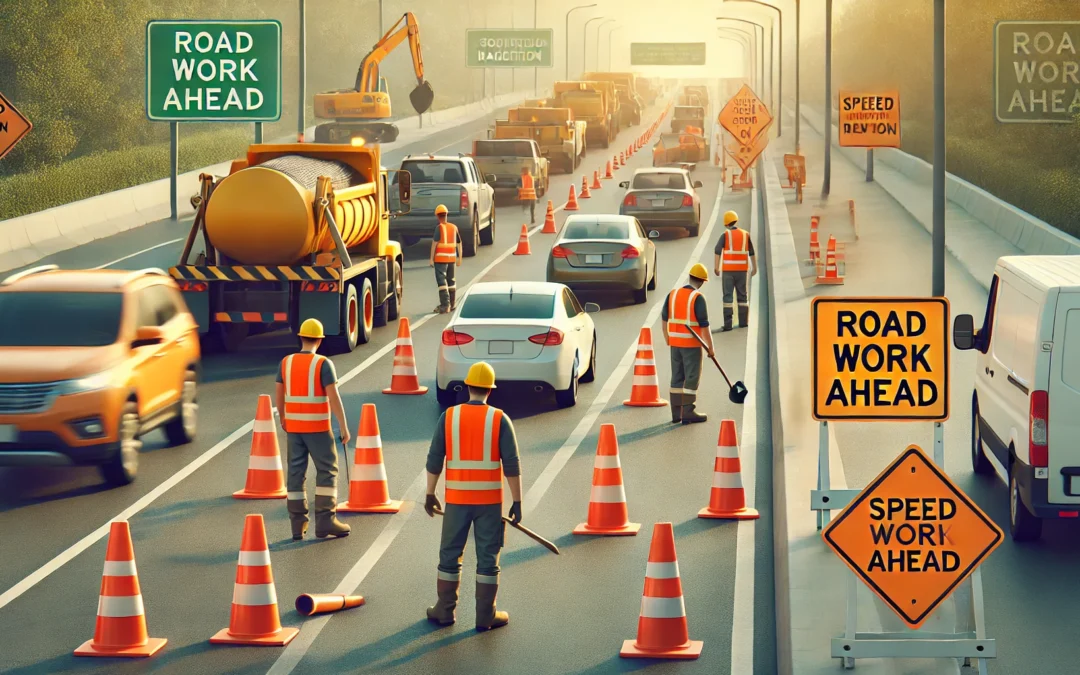
Road Workers and Work Zones: Keeping Everyone Safe
Road Workers and Work Zones: Keeping Everyone Safe
Road construction and maintenance zones can present challenges for both workers and drivers. Navigating these areas safely is essential to prevent accidents and ensure the safety of everyone involved. Knowing how to behave in work zones can reduce risks and help you avoid hefty fines.
Recognizing Work Zones
Work zones are typically marked with signs, cones, or barriers. These indicators alert you to the presence of workers, equipment, or lane closures ahead. It’s important to stay alert and follow all signage and signals provided within these zones.
Common Work Zone Warnings:
- Warning Signs: These are often bright orange with clear messages like “Road Work Ahead” or “Detour.”
- Message Boards: Electronic boards might display current information about lane closures, expected delays, or speed reductions.
- Flaggers: Workers may be stationed with flags to guide traffic or manage lane changes. Always follow their instructions.
Safe Driving in Work Zones
Driving safely through a work zone involves more than just reducing your speed. You need to remain vigilant and anticipate sudden changes in traffic patterns.
Best Practices:
- Slow Down: Speed limits are usually reduced in work zones. Adjust your speed as directed, and always be prepared for slower-moving traffic or sudden stops.
- Increase Following Distance: Maintain extra space between your vehicle and the one ahead. Vehicles may stop unexpectedly in work zones.
- Be Aware of Lane Shifts: Roads are often narrower in work zones, so follow the guidance of cones or other barriers and stay within the lane markings.
- Expect Delays: Always allow extra travel time when heading through areas marked for road work.
Fines and Double Fine Zones
California has strict laws when it comes to traffic violations in work zones. Fines are significantly higher for violations, and some areas are designated as double fine zones due to increased accident rates.
Fines for Work Zone Violations:
- Traffic Violations: Fines can reach $1,000 or more for offenses like speeding or unsafe driving in work zones.
- Assaulting a Worker: Assaulting or endangering a highway worker is a serious offense that can result in fines up to $2,000 and potential jail time.
- Double Fine Zones: Certain highways have been marked as double fine zones, which means fines for violations in these areas are doubled when workers are present.
Move Over and Slow Down
In California, you are required by law to move over and slow down when approaching road work or emergency vehicles with flashing lights. This includes tow trucks and highway maintenance vehicles.
How to Respond:
- Move Over: If it’s safe to do so, move to another lane to give more space to workers and emergency responders.
- Slow Down: If lane changes aren’t possible, slow your vehicle to a safe speed as you pass the scene.
Conclusion
Road workers put themselves in potentially dangerous situations to keep our roads maintained and safe. By following the appropriate warnings and driving carefully through work zones, you help ensure their safety and avoid accidents or costly penalties.

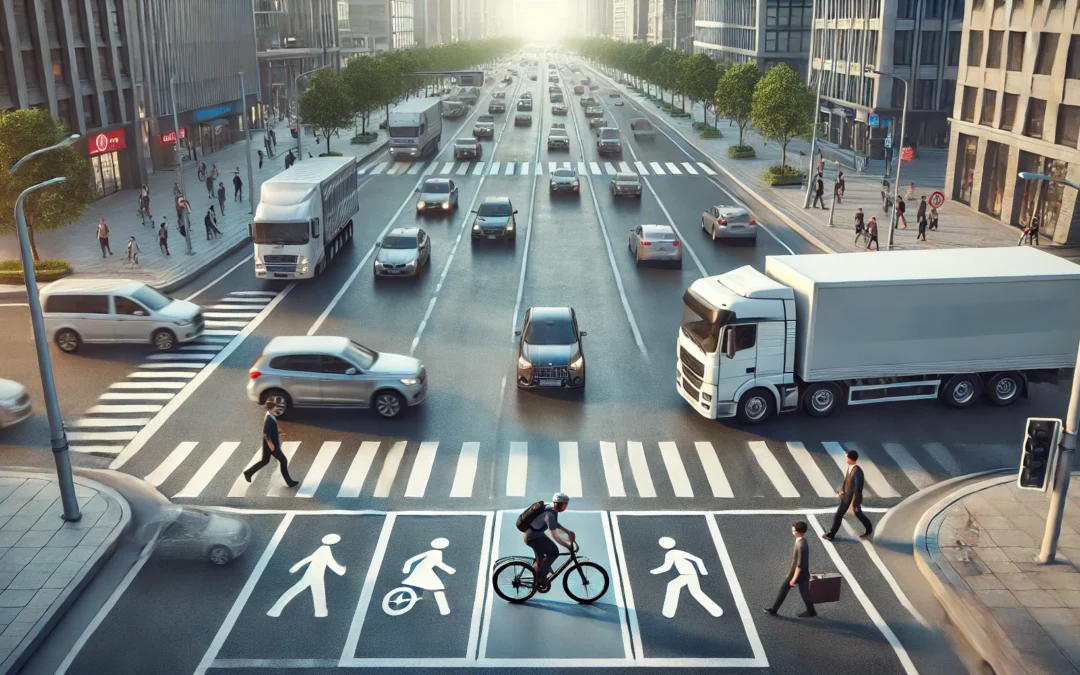
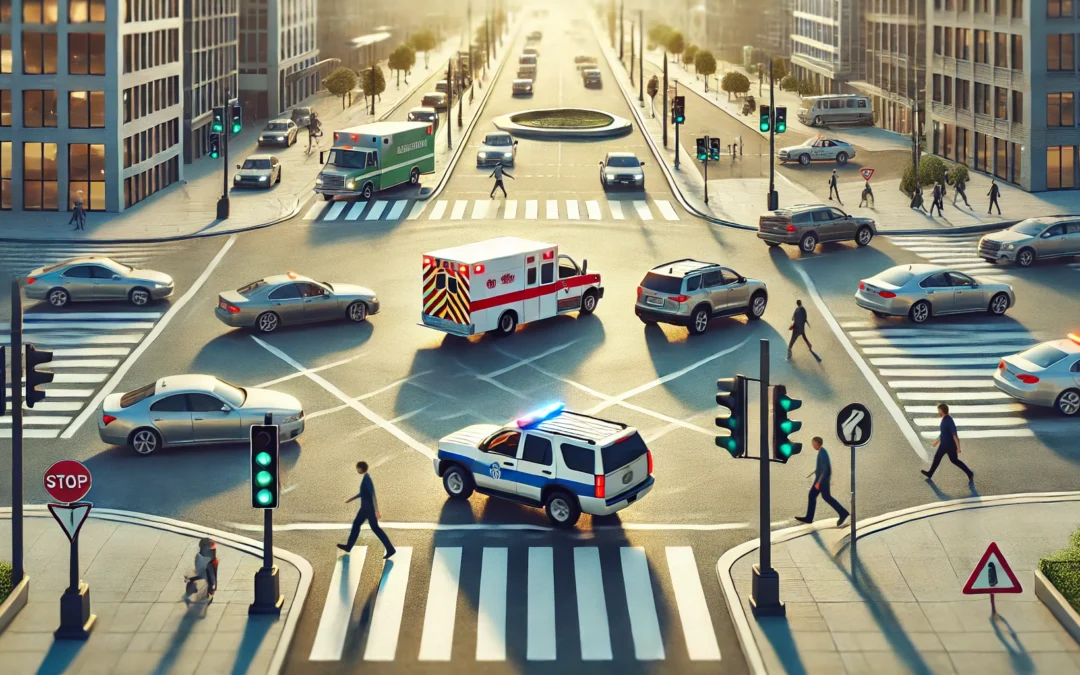
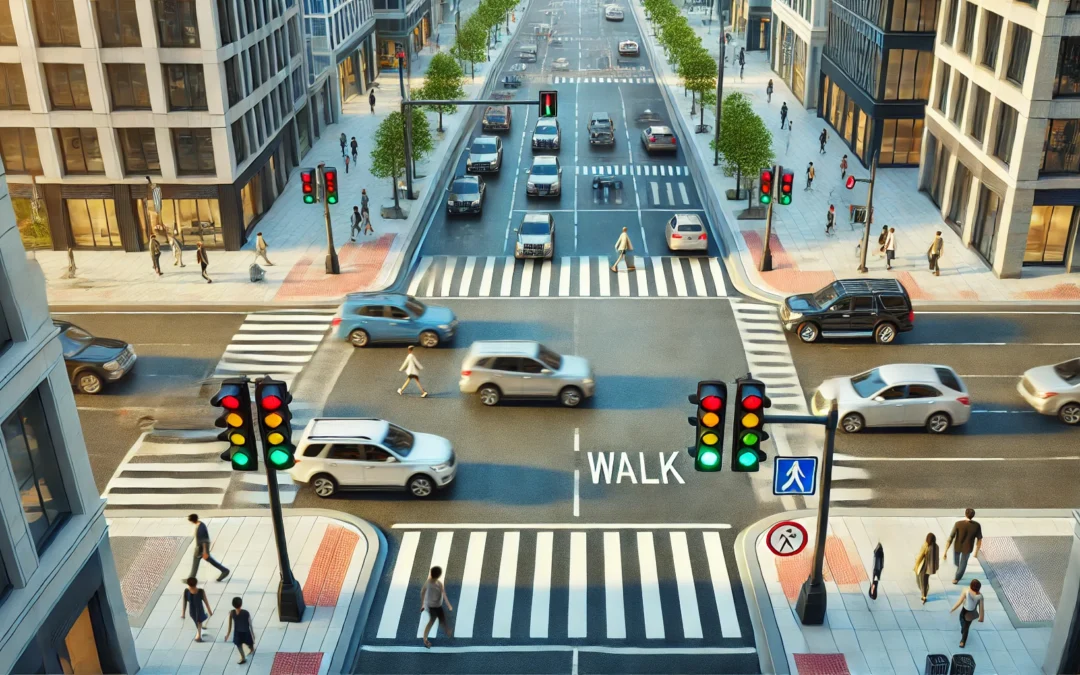
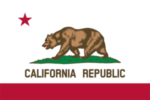

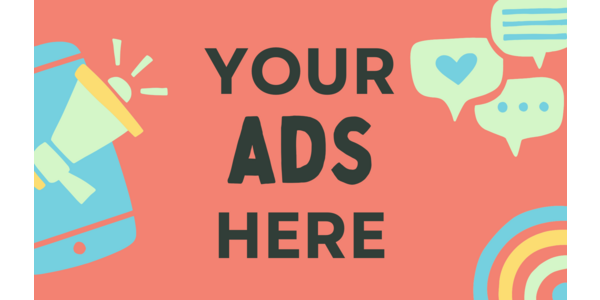
Recent Comments